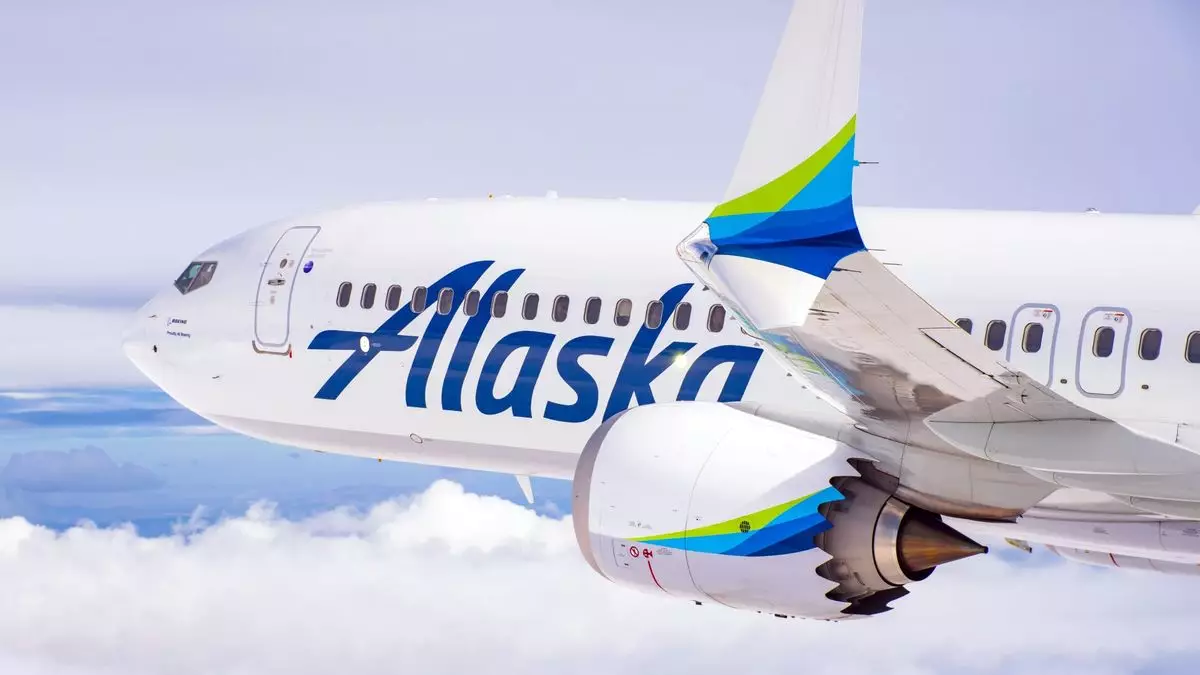Starting in 2024, Alaska Airlines is set to revamp its Mileage Plan loyalty program, introducing a series of significant improvements that target the accumulation of elite status and the benefits associated with it. The anticipated changes aim to retain existing members while attracting new customers who value unique airline perks. As airlines continue to evolve their loyalty offerings, Alaska’s new program stands out, promising both flexibility and rewards for dedicated flyers.
One of the most notable updates includes the addition of milestone perks that provide incentives at various thresholds of elite qualifying miles (EQMs). These rewards will be available at specific milestones: 30,000, 55,000, 85,000, 150,000, 200,000, and 250,000 EQMs. Unlike typical programs that focus solely on achieving tiers such as Silver or Gold status, Alaska’s approach introduces a more granular system of incentives — offering benefits like bonus miles, complimentary meals, and lounge access for members who hit these key metrics. This tiered framework acknowledges frequent travelers’ varied engagement levels, potentially enhancing member satisfaction.
In addition to enhanced perks, Alaska Airlines is also expanding how miles can be accumulated. The revised program will reward members not just for mileage flown with Alaska and its partners, but through multiple spending avenues, including co-branded credit card purchases. Notably, the changes reflect an adaptation of Alaska’s mileage accrual strategy, as they will continue to credit miles based on distance traveled rather than ticket price—setting them apart from many U.S. carriers.
Members will soon be able to earn EQMs not only through flights but also via transactions with non-airline partners such as hotels, car rentals, and rideshares. This broader scope should appeal to a demographic of travelers increasingly reliant on diverse travel services, enhancing the overall value of the Mileage Plan.
While the enhancements seem beneficial, there are still nuances to consider. For instance, the introduction of a new loyalty program in collaboration with Hawaiian Airlines indicates a shift in Alaska’s strategic positioning within the airline industry. This partnership could mean members will have additional travel opportunities, yet it may also lead to complexities in the redemption process and EQM allocation.
However, critics, like travel expert Matthew Klint, point out potential drawbacks in altering EQMs earned through partner bookings made outside Alaska’s direct sales channels. It appears that while some members might face diminished returns through specific booking methods, overall sentiment leans positive. Klint suggests that despite a few negative aspects, many participants in the Mileage Plan will find that the overall changes lead to greater rewards and flexibility.
Alaska Airlines is making strategic strides with its Mileage Plan to enhance its appeal in an increasingly competitive airline industry landscape. By introducing milestone perks, redefining mileage accumulation channels, and evolving their member benefits, the airline is positioning itself as a forward-thinking choice for frequent flyers. Ultimately, these shifts could redefine the value of loyalty programs, offering a more tailored and rewarding experience for travelers looking to maximize their mileage potential.


Leave a Reply